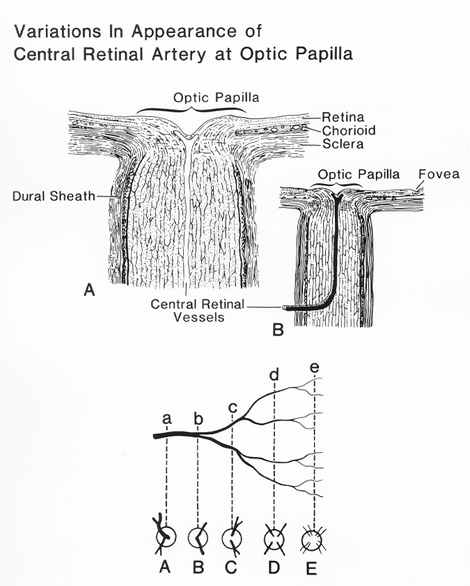


They are often associated with atherosclerosis and there is speculation that they could be a factor leading to atherosclerosis. Tortuous carotid arteries are often reported in hypertensive patients. Severe tortuosity may lead to arterial kinking (acute angulation) which causes artery occlusion and is associated with severe symptoms including transient ischemic attack, stroke, hemiplegia and other cerebrovascular deficiencies. Below is a summary of some commonly seen vessel tortuosities and their associated diseases.Ĭlinical studies have shown that internal carotid artery tortuosity may lead to symptoms including dizziness, vertigo, syncopes, blackout or persistent tinnitus (ringing in the ears). Recent clinical studies have demonstrated that hypertensive pressure is a risk factor for artery tortuosity. Severely tortuous arteries can hinder the blood flow and lead to a transit ischemic attack of distal organs. The prevalence of artery kinking is tripled in the aged population and is quadrupled in the aged hypertensive population. It is often reported in elderly populations with severe tortuosity and angulation being associated with aging it rarely occurs in children.

While mild tortuosity in some patients is asymptotic and often largely ignored, many others show symptoms linked to various vascular diseases (see table table1 1).Įxtensive clinical studies have shown that artery tortuosity is associated with hypertension, aging, atherosclerosis and other pathological changes in the arteries. With the advance of imaging technology and its wider application, many asymptomatic tortuous arteries are being diagnosed. Įtiology: Association with Vessel Diseases and Clinical Consequences The so-called ‘corkscrew collaterals’ are a widely observed phenomenon that hinders collateral development, a necessary component of arteriogenesis and tissue regeneration. įurthermore, tortuosity often develops in collateral arteries after stenotic or occlusive disease in a major artery (fig. Tortuous veins also occur in many patients with varicose veins due to vein valve disease. Twisting of vein grafts affects the patency of vein grafts. Arteries and veins may become tortuous after bypass grafting and reconstructive vascular surgery. In addition, tortuosity also occurs in veins and vascular grafts. Tortuous cerebral arteries have been frequently reported, including the basilar, communicating, anterior and posterior cerebrals and the arterioles in white matter. Tortuous coronary arteries have been observed in patients with hypertension and myocardial infarction. Tortuosity also happens in arterioles and capillaries in the skeletal muscle, myocardium and brain tissues, as well as in tumors. Tortuous retinal arteries and veins have often been observed in patients with retinopathy and other diseases. Tortuosity has also been frequently reported for small arteries and veins, most commonly in retinal and conjunctival vessels, due to their easy accessibility. It seems that tortuosity can affect almost all medial-sized arterial branches. These branches include, but are not limited to: the ulnar artery and radial and digital arteries. Though rare, tortuosity has also been observed in other vascular branches in the arterial tree. Tortuous iliac and femoral arteries have been reported in some patients and cyclists. Tortuous vertebral, subclavian and lingual arteries have also been reported. In one of the largest angiographic studies conducted by Weibel and Fields, internal carotid artery tortuosity and angulation, respectively, were observed in 35 and 5% of 1,438 consecutive patients. Tortuosity and redundancy of the internal carotid artery is a common angiographic and MR angiographic finding.


 0 kommentar(er)
0 kommentar(er)
